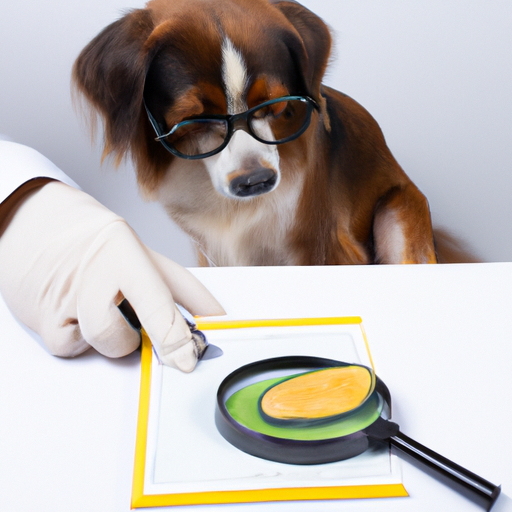Understanding Mango Worms
Mango worms, scientifically known as Cordylobia anthropophaga, are a type of fly larva that can cause severe discomfort to your furry friend. These parasites are common in Africa but can make their way to other parts of the world via contaminated soil or improperly stored foods.
The Life Cycle of Mango Worms
Understanding the life cycle of these worms can help you prevent your dog from falling prey to them. Here’s a step-by-step rundown:
- Egg stage: Female mango flies lay their eggs in the soil or on damp clothes or beddings. They can lay up to 300 eggs at a time.
- Larval stage: After about 2-3 days, the eggs hatch into larvae, which can remain dormant in the soil for up to 15 days.
- Pupal stage: The larvae then form a cocoon and undergo metamorphosis within it. This pupal stage lasts about 8-12 days.
- Adult stage: The adult fly emerges from the pupa and starts the cycle all over again.
How Dogs Get Infected
Your dog can get infected with mango worms in several ways:
- Through the soil: Dogs love to roll around and play in the dirt. This makes them susceptible to picking up mango worm larvae.
- Through their bedding: If your dog’s bedding is damp and left outside, it can attract mango flies that lay eggs on it.
- Through ingestion: If your dog eats food or drinks water contaminated with mango worm larvae, they can get infected.
Treating Mango Worm Infections
Treating mango worm infections is quite straightforward and can be done in three steps:
- Identification: The first step is to identify the infection. Look out for telltale signs like swellings on your dog’s skin or discomfort.
- Removal: Next, the larvae need to be removed. This is usually done by a vet who will make a small incision and squeeze out the larvae.
- Aftercare: Finally, the wound is cleaned and treated with antiseptics to prevent secondary infections.
Preventing Mango Worm Infections
Preventing mango worm infections involves a few simple steps:
- Keep your surroundings clean and free from damp clothes or beddings.
- Regularly clean and disinfect your dog’s bedding.
- Limit your dog’s contact with soil, especially in areas where mango worms are known to be prevalent.
| Prevention Method | Effectiveness |
|---|---|
| Clean Environment | High |
| Regular Disinfection | High |
| Limited Soil Contact | Medium |
Frequently Asked Questions (FAQs)
Q: Can mango worms infect humans?
A: Yes, mango worms can infect humans too. However, the chances of infection are much lower.
Q: How long does it take for mango worms to develop?
A: The entire life cycle of a mango worm, from egg to adult, takes between 20 and 25 days.
Q: Can mango worms be fatal to dogs?
A: While mango worms themselves are not fatal, a severe infestation can lead to secondary infections that can be life-threatening.
Q: Can I remove mango worms from my dog myself?
A: It’s not recommended. Improper removal can lead to complications. Always seek a vet’s assistance.
Remember, prevention is always better than cure. So, keep your dog and its environment clean and free from potential mango worm infestations.



